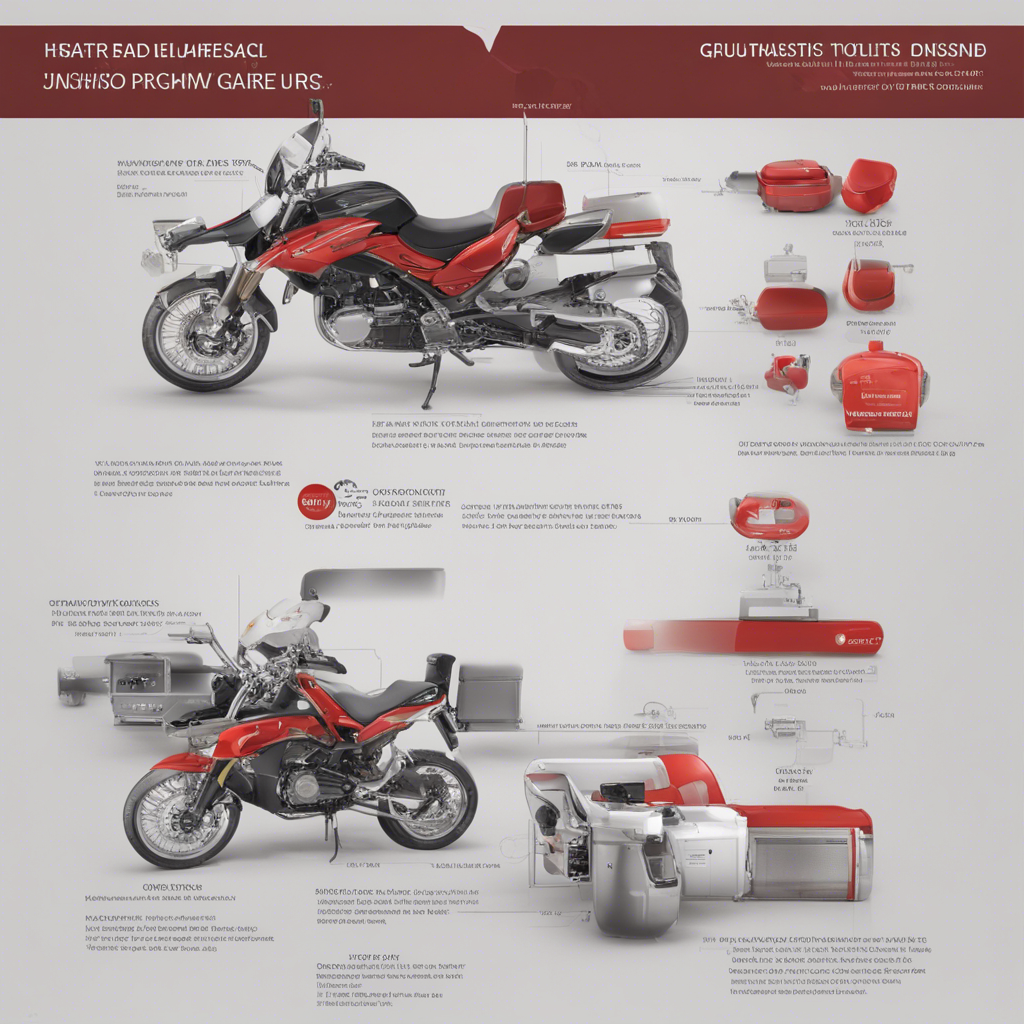
Democratizing Finance: Banking for the Unbanked
In a digitally connected world, access to financial services has become a basic necessity. However, millions of people around the globe still lack access to traditional banking services, leaving them financially excluded and vulnerable. This exclusion is particularly prevalent in developing countries, where the pace of financial inclusion has been slow. In recent years, the concept of democratizing finance and banking for the unbanked has gained traction as a means to bridge this gap and empower individuals to participate in the global economy.
The Challenge of Financial Inclusion
Financial inclusion refers to providing individuals and communities with access to affordable and secure financial products and services. Despite progress in increasing financial access, the World Bank estimates that roughly 1.7 billion adults worldwide remain unbanked, meaning they do not have access to a bank account or formal financial institution. This lack of access to basic financial services poses significant challenges to economic development, poverty reduction, and social welfare.
The unbanked population faces numerous hurdles when it comes to accessing traditional banking services. These hurdles can include a lack of physical bank branches, limited financial literacy, strict identification requirements, and high transaction costs. These barriers disproportionately affect individuals in rural areas, women, and those living in poverty. However, advancements in technology and innovative fintech solutions offer new possibilities for democratizing finance and resolving these challenges.
Mobile Banking: Bridging the Gap
Mobile banking has emerged as a powerful tool for bringing financial services to the unbanked population. With the widespread availability of smartphones, even in the most remote regions, mobile banking offers a convenient and cost-effective way for individuals to access and manage their finances.
One success story is the rise of mobile money platforms such as M-Pesa in Kenya. M-Pesa allows users to send and receive money, pay bills, and access other financial services directly from their mobile phones. By leveraging existing mobile infrastructure, M-Pesa has brought financial services to millions of previously unbanked individuals in Kenya and other countries in Africa.
Mobile banking not only provides access to basic financial services but also opens doors to credit, savings, and insurance products. By utilizing alternative data sources, such as mobile phone usage or transaction history, lenders can assess the creditworthiness of individuals who lack a formal credit history. This approach enables the unbanked to access loans and build a financial track record, thereby empowering them to invest in education, healthcare, and small businesses.
Blockchain Technology: Empowering Peer-to-Peer Transactions
Another exciting development in democratizing finance for the unbanked is the adoption of blockchain technology. Blockchain is a decentralized digital ledger that records transactions across multiple computers, ensuring transparency, security, and immutability.
Blockchain offers several benefits in the context of financial inclusion. Firstly, it eliminates the need for intermediaries, such as banks, for conducting transactions. This reduces transaction costs and makes financial services more affordable for the unbanked. Additionally, blockchain technology allows for secure peer-to-peer transactions without relying on traditional financial institutions, making it accessible to anyone with a mobile device and internet connection.
Projects like Stellar, a blockchain-based platform, aim to connect individuals, banks, and payment systems in a decentralized network, enabling affordable cross-border transactions. By leveraging blockchain technology, these platforms can reduce remittance costs, which can often be exorbitant for migrant workers in developing countries. Facilitating low-cost remittances can greatly benefit the unbanked by enabling them to receive funds from abroad and support their families or invest in education and entrepreneurship.
Financial Education and Literacy
While technology plays a crucial role in democratizing finance for the unbanked, financial education and literacy are equally important. Without adequate knowledge and understanding of financial concepts, the unbanked may struggle to make informed decisions and fully benefit from the available financial services.
To address this issue, governments, non-profit organizations, and private companies have implemented educational programs aimed at improving financial literacy. These programs teach individuals about budgeting, savings, credit, and other fundamental financial concepts. By equipping the unbanked with the necessary skills and knowledge, they can effectively manage their finances, make prudent investment decisions, and protect themselves from fraudulent schemes.
Conclusion
Democratizing finance and banking for the unbanked is a critical step towards reducing poverty, spurring economic growth, and fostering global development. Mobile banking and blockchain technology offer innovative solutions to bridge the gap between the unbanked population and financial services. By providing access to affordable, secure, and user-friendly financial products, individuals previously excluded from the formal banking sector can participate in the global economy and improve their lives.
However, it is crucial to remember that technology alone cannot solve the challenges of financial inclusion. Combined with comprehensive financial education initiatives, these advancements can truly empower the unbanked and ensure that they are equipped with the knowledge and skills needed to make the most out of the available financial services.
We still have a long way to go in achieving universal financial inclusion, but by embracing technology and committing to empowering the unbanked, we can bring about positive and lasting change in the lives of millions of individuals around the world.
References:
-
The World Bank. (2021). The Global Findex Database. Retrieved from https://globalfindex.worldbank.org.
-
Porteous, D., & Rutherford, S. (2013). The impact of mobile payment solutions: Evidence from Kenya. Financial access initiative research working paper, (13).
-
Mbiti, I., & Weil, D. N. (2011). Mobile banking: The impact of M-Pesa in Kenya. NBER working paper, (17129).
-
The World Economic Forum. (2017). More Than Money: Impact Investing for Development. Retrieved from https://www.weforum.org/reports/more-than-money-impact-investing-for-development.
-
Bruno, V., & Byiers, B. (2020). Leveraging blockchain technology to increase financial inclusion in Africa. ECDPM policy insights, (98).






